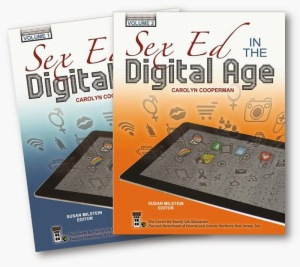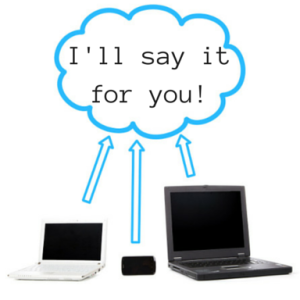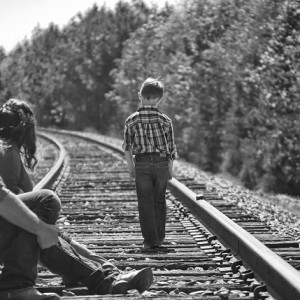 Today we’re continuing our exploration of the lesson plans on technology and relationships from Sex Ed in the Digital Age. This next lesson plan is about something that is gathering a lot of media attention as of late: the difference between people’s real lives and the lives that they talk about on their social networking sites.
Today we’re continuing our exploration of the lesson plans on technology and relationships from Sex Ed in the Digital Age. This next lesson plan is about something that is gathering a lot of media attention as of late: the difference between people’s real lives and the lives that they talk about on their social networking sites.
Surprised that there’s a difference?
I hope not.
If you want to get a deeper understanding of what “real” pictures look like when compared with “Instagram-ready” or “Facebook-ready” or “Some-Other-Social-Media-Platform-ready” google “real life social media pictures.” Some of the articles are funnier/more poignant/more self-deprecating than others, but they’ll give you the background.
And now on to our lesson plan of the day:
TELLING THE WHOLE STORY:
What Social Networking Pictures Often Leave Out
by Carolyn Cooperman
Objectives
By the end of this lesson, participants will be able to:
- Explain why pictures circulated via social media do not necessarily portray real-life interpersonal dynamics.
- Evaluate sample social networking pictures for their inherent messages about adolescent peer interactions.
- Photograph and display pictures that more accurately reflect teenage social interactions.
Rationale
There is growing concern among pediatric and mental health professionals about adolescents who are not experiencing the excitement and acceptance typically portrayed in social media. The American Academy of Pediatrics warns about “Facebook Depression,” a term coined to describe an increased sense of alienation resulting from exposure to the idealized images typically found in Facebook profiles. It is damaging enough to feel out of the loop, but being subjected to pictures of others having fun, status updates, friend tallies, etc., intensifies the awareness of exclusion or rejection. This lesson provides the opportunity for participants to delineate the real-life emotions and problems typically encountered in social situations. They are asked to create a slide show that realistically portrays aspects of social interactions that are problematic and offer strategies for coping effectively.
Yep, this is our world. And it’s also our children’s and our teenagers’ world. And we need to talk about it.
While the young adults in their mid- and early-thirties may have been the ones to cut their teeth on the Internet, current adolescents are the ones delving deep into the digital world as a fluent and fluid integration with their “in-real-life” worlds. Pointing out to young people that sometimes people lie and manipulate in order to get their partner to do things they might otherwise not want to do is important – and so is making explicit the difference between what someone actually does and what they post online. Sexuality educators are often just wrapping their heads around the relevant details of sexuality in the digital world themselves (even if they frequently interact in that space personally), and so teaching to it can be surprisingly challenging. This is one of those lesson plans that will help make that process easier!






